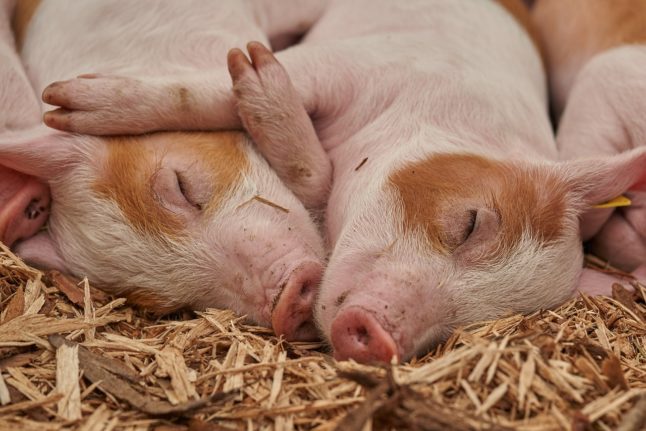As part of a draft revision of the law on foreigners and integration, the Federal Council is proposing to reduce social assistance paid to nationals of third countries.
“During the first three years following the granting a residence permit, the rate of social assistance should be lower than that applied to the native population”, authorities said.
The proposal has been developed by Justice Minister Karin Keller-Sutter.
The project will be in a consultation phase until May 3rd, after which it will be presented to Swiss parliament. This aid is already relatively low, with amounts varying from CHF600 to CHF1,000 depending on the canton.
The proposal sparked criticism from the Swiss Workers’ Welfare Organisation, whose spokesperson, Caroline Morel, pointed out that “in social assistance, the amount of support benefits is calculated according to needs and not the length of stay in Switzerland”.
“We oppose the downgrading of the residence status of foreigners who receive social assistance. We also oppose lower social assistance rates for the first three years, as these are inhumane and hinder professional and social integration.”
“It is clear that these tightening measures will primarily affect vulnerable people such as children, people with special needs, and women”, she added.
READ MORE: How Switzerland wants to cut welfare and boost integration for non-EU citizens



 Please whitelist us to continue reading.
Please whitelist us to continue reading.
Member comments